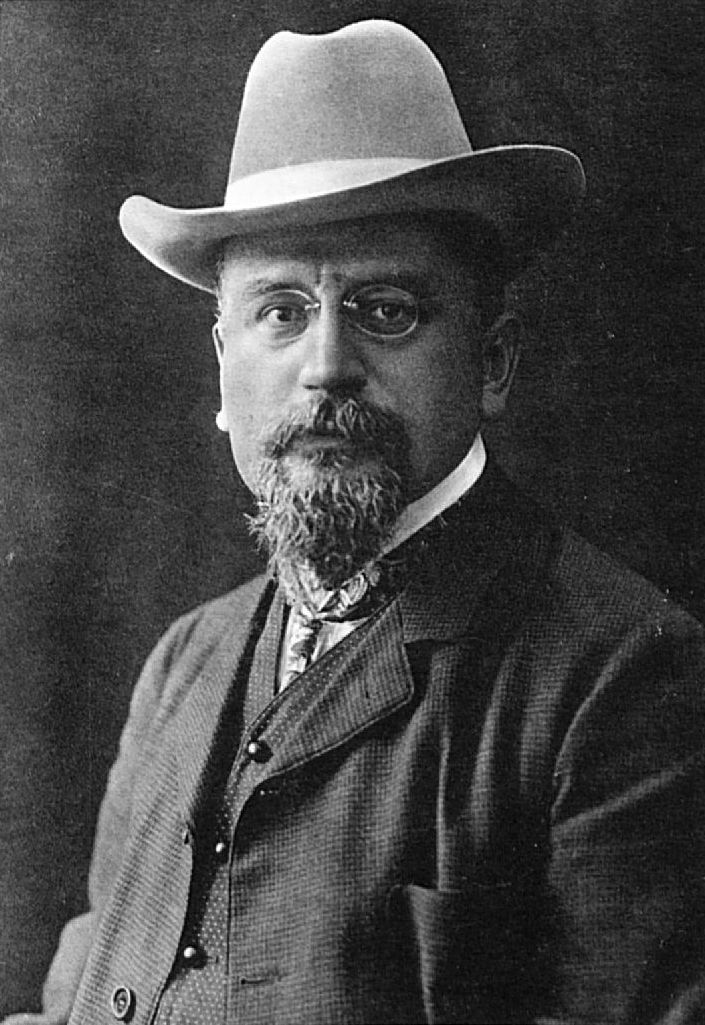|
Physioplastic
Physioplastic art was a concept first described by Max Verworn Max Richard Constantin Verworn (4 November 1863 – 23 November 1921) was a German physiologist who was a native of Berlin. He studied medicine and natural sciences in Berlin, and later moved to Jena, where he furthered his studies with Ernst H ... in 1914. Physioplastic art, as described in Verworn's ''Ideoplastiche Kunst'', consisted of "a direct reproduction of the natural object or of its immediate memory image", and along with his definition of ''ideoplastic art'', that of abstract knowledge, was deemed an important art educational theory.MacDonald, Stuart. ''The History and Philosophy of Art Education''. James Clarke & Co., 2004. 373. Usage: *physioplastic landscape *physioplastic naturalism References Art criticism {{art-criticism-stub ... [...More Info...] [...Related Items...] OR: [Wikipedia] [Google] [Baidu] |
Max Verworn
Max Richard Constantin Verworn (4 November 1863 – 23 November 1921) was a German physiologist who was a native of Berlin. He studied medicine and natural sciences in Berlin, and later moved to Jena, where he furthered his studies with Ernst Haeckel (1834–1919) and William Thierry Preyer (1841–1897). In 1895 he became a professor at the University of Jena, and in 1901 a professor at the physiological institute at Göttingen. Later, as successor to Eduard Pflüger (1829-1910), he became a professor at the University of Bonn (1910). In 1902 he founded the journal ''Zeitschrift für Allgemeine Physiologie'' (Journal of General Physiology), and was its publisher until his death in 1921. Max Verworn is remembered for his research in the field of experimental physiology, and especially for his work involving cellular physiology. He did extensive studies of the elementary physiological processes that take place in muscle tissue, nerve fibers and sensory organs. He conducted resea ... [...More Info...] [...Related Items...] OR: [Wikipedia] [Google] [Baidu] |
